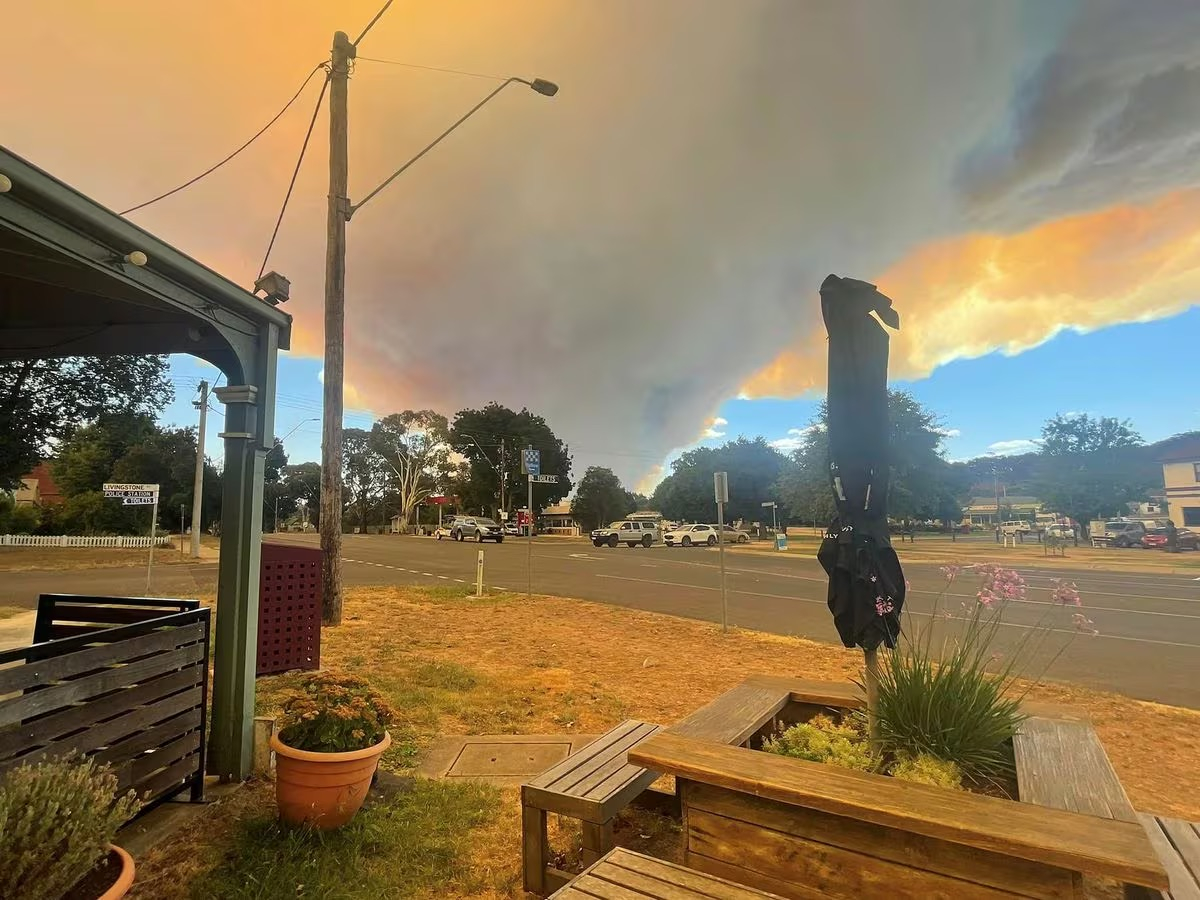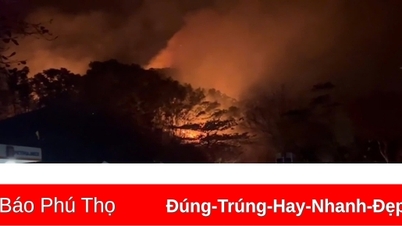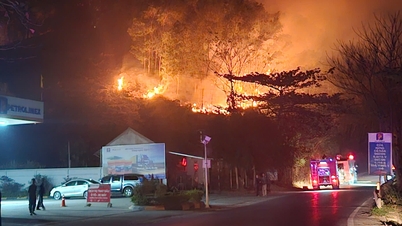“We will provide any support that is requested from Victoria,” Albanese told reporters in the Victorian city of Frankston. “It is a reminder that we need to be vigilant to continue to work and act on the threat of climate change.”

This image shows smoke from a bushfire near the town of Beaufort, west of Ballarat, Victoria, February 22, 2024. Photo: Reuters
The fires have killed livestock, destroyed six homes and forced more than 2,000 people to flee western Australian towns to the city of Ballarat, 95km from the state capital Melbourne.
Australia is experiencing an El Nino weather pattern, which is often associated with extreme events such as bushfires, cyclones and drought. More than 15 bushfires were burning in Victoria on Sunday, according to the state’s emergency services.
State officials say there are weather concerns this week, especially Wednesday through Thursday when extreme heat is forecast to fuel more fires.
About 1,000 firefighters backed by more than 50 aircraft have been battling the fires since they began.
The past two bushfire seasons in Australia have been mild compared to the “Black Summer” of 2019-2020, when bushfires ravaged an area the size of Türkiye, killing 33 people and an estimated 3 billion animals.
Mai Anh (Reuters)
Source






![[Photo] General Secretary To Lam receives Chief of the Central Office of the Lao People's Revolutionary Party](https://vphoto.vietnam.vn/thumb/1200x675/vietnam/resource/IMAGE/2025/5/30/140435f4b39d4599a3d17975dfb444c5)































![[Photo] National Conference "100 years of Vietnamese Revolutionary Press accompanying the glorious cause of the Party and the nation"](https://vphoto.vietnam.vn/thumb/1200x675/vietnam/resource/IMAGE/2025/5/30/1cf6cd5c8a934ebfa347028dcb08358c)































































Comment (0)